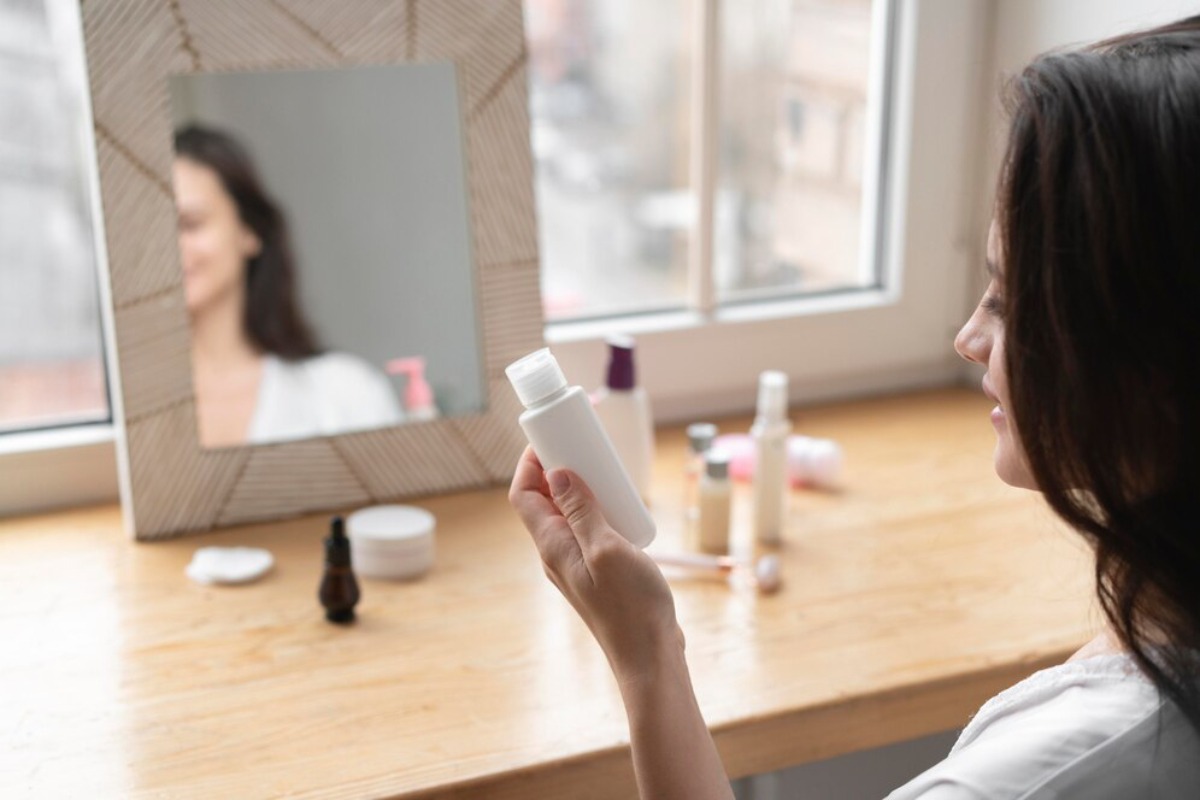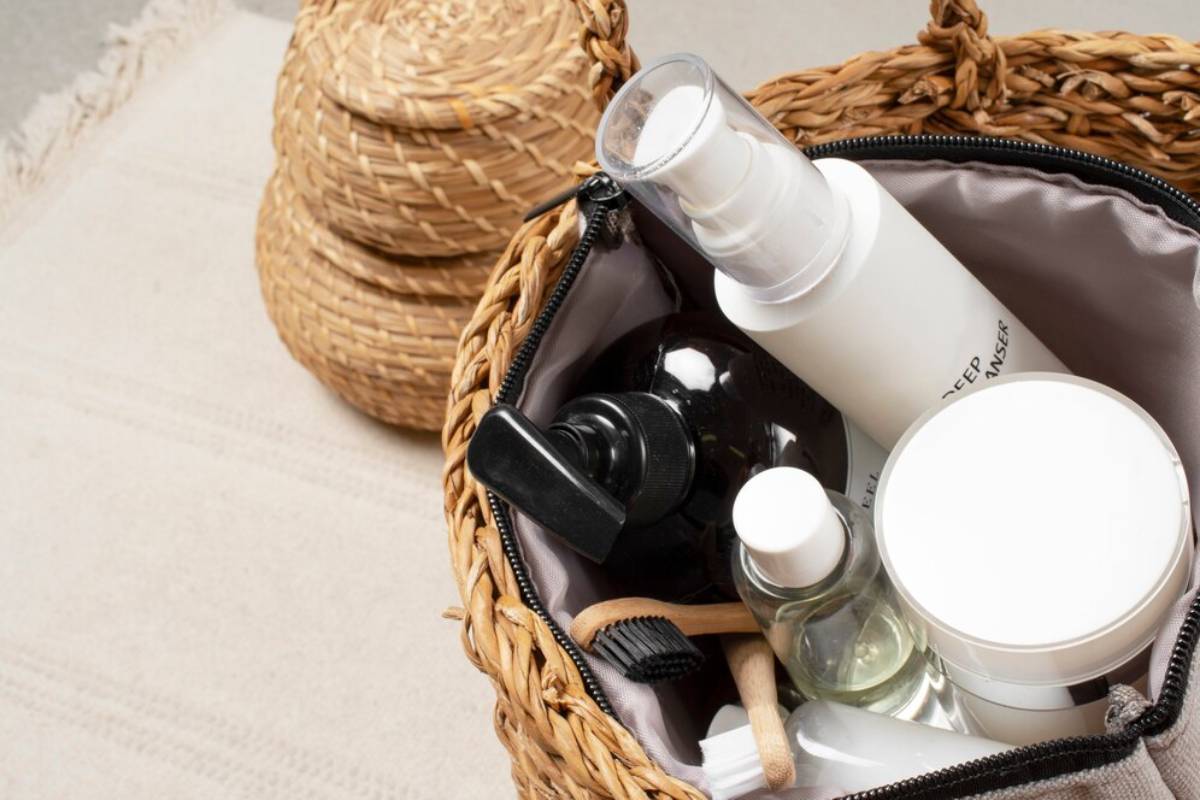
How to Read a Skincare Product Label Like a Pro
Navigating skincare can be tough. The shelves are full of products that can overwhelm anyone. Each promises radiant skin, but how do you know which is genuinely effective? The answer lies in mastering the art of reading skincare product labels. Understanding these labels is akin to deciphering a beauty product guide that holds the secret to your skin’s health and vitality. This blog will explore label decoding. It will help you make smart choices for your skincare needs.
In an age where skincare ingredients are as crucial as the products themselves, interpreting these labels is not just a skill but a necessity. Many consumers fall prey to marketing gimmicks, swayed by catchy phrases and alluring packaging. However, the real value of a product is in its ingredients list, and the claims are substantiated by scientific research.
Key Benefits / Why It Matters
Decoding skincare product labels is vital for your complexion’s health. First, it helps you find active skincare ingredients for your skin issues. Whether you struggle with acne, dryness, or signs of ageing, it has you covered. Next, it arms you against allergens and irritants, a boon for sensitive skin warriors. Finally, this savvy knowledge cuts through marketing noise, allowing you to focus on effectiveness over empty promises.
Watch out for buzzwords! Terms like “natural,” “organic,” and “dermatologist-tested” might sound good, but they can be misleading without more details. For instance, “natural” doesn’t always mean it’s safe or effective. Also, “dermatologist-tested” doesn’t ensure it’s approved by a dermatologist. Learn to read between the lines of labels, and you’ll distinguish genuine gems from mere trend riders.
Step-by-Step Guide to Reading Skincare Product Labels

Step 1: Identify the Product’s Purpose
First things first: What’s this product’s role in your regimen? Is it a cleanser, moisturiser, serum, or sunscreen? The front packaging usually serves this crucial information, setting your skincare stage.
Step 2: Examine the Ingredients List
The ingredients list is where the magic—or mischief—unfolds. Ingredients are typically ranked by concentration, starting with the most prominent. Here are some key highlights:
- Active Ingredients: These heroes deliver the product’s primary benefits. Salicylic acid, for example, is a common ally in acne-fighting treatments, diligently exfoliating and unclogging pores.
- Inactive Ingredients: They may not work directly on your skin but are vital for support. Think preservatives, fragrances, and fillers that enhance texture and scent—though they can ruffle a few feathers for sensitive souls.
- Common Skincare Ingredients: Familiarize yourself with skincare stalwarts like hyaluronic acid, retinol, vitamin C, and peptides. Each plays a distinct role, from hydrating to battling ageing.
Step 3: Evaluate Claims and Certifications
Next, scrutinise the claims like a detective. Phrases like “clinically proven,” “hypoallergenic,” and “non-comedogenic” should be supported by credible evidence. Certifications from reputable organisations, such as the British Skin Foundation, add an extra layer of trust.
Step 4: Check for Potential Allergens and Irritants
If you have sensitive skin or allergies, scanning for irritants is paramount. Common troublemakers include fragrances, alcohol, and certain preservatives, like parabens. Seek out products labelled “fragrance-free” or “suitable for sensitive skin” to keep irritation at bay.
Step 5: Understand Expiry Dates and Storage Instructions
Lastly, don’t overlook the expiry date and storage directives. Skincare can lose its edge over time, especially when exposed to heat or light. Adhering to storage guidelines safeguards the potency of your ingredients.
Additional Expert Tips & Common Mistakes to Avoid
Expert Tips
- Patch-Test New Products: Before adding a new product to your lineup, patch-test it to avoid unwelcome surprises. Apply a dab on a discreet skin patch and watch for any signs of irritation.
- Research Ingredients: Stay in the know about trending skincare ingredients and their perks. The Cosmetic Ingredient Review (CIR) offers detailed intel on ingredient safety and efficiency.
- Consult a Dermatologist: Unsure about a product? Consult a dermatologist for tailored recommendations based on your unique skin concerns.
Common Mistakes to Avoid
- Falling for Buzzwords: Don’t be beguiled by catchy terms like “clean beauty” without understanding their meaning. Always seek evidence to validate claims.
- Ignoring the Order of Ingredients: Ingredient order matters! A product boasting vitamin C should feature it higher up on the list to ensure its potency.
- Overlooking Expiry Dates: Utilizing expired products can lead to irritation or disappointing results. Regularly check and refresh your skincare arsenal as needed.
Advanced Insights / Expert Recommendations

Ingredient Synergy
For those ready to elevate their label-reading skills, consider the following insights:
- Ingredient Synergy: Some ingredients shine brighter together. Vitamin C works well with vitamin E. Together, they boost each other’s power against free radicals.
- pH Levels: A product’s pH can influence its effectiveness and compatibility with your skin. Ideally, opt for products with a pH of around 5.5 to maintain the skin’s natural balance.
- Formulation Science: Exploring how ingredients work together shows how they achieve results. This savvy knowledge empowers you to choose effective and safe products.
Conclusion: Master the Art of Label Decoding for Healthier Skin
Reading skincare labels well is a key skill. It helps you choose the right products for your skin. Knowing the importance of skincare ingredients helps you choose the right products. Check claims and watch for allergens. This way, you can customise your skincare routine to fit your needs.
As you embark on this journey of label decoding, remember that knowledge is power. Stay curious, keep learning, and do not hesitate to seek expert advice when needed. Your skin is a reflection of your overall health, and it deserves the best care possible.
In conclusion, approach your skincare routine with the same diligence and attention to detail as any other health aspect. By becoming a savvy consumer, you can unlock the full potential of your skincare products and achieve the radiant, healthy skin you desire.
What steps will you take today to become more informed about your skincare choices?


